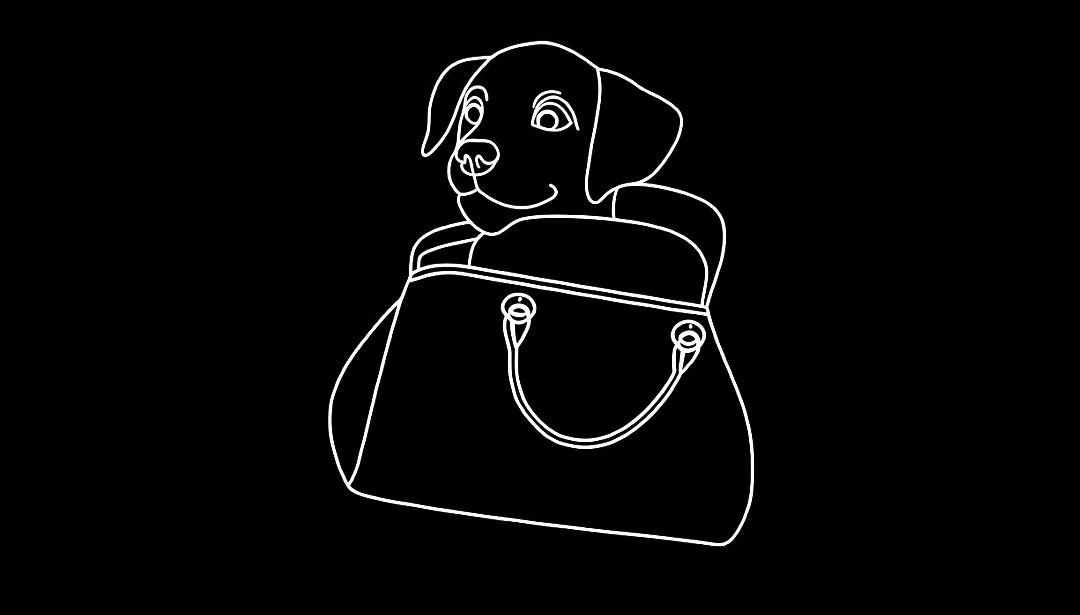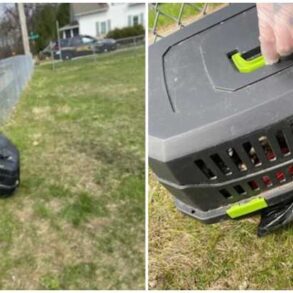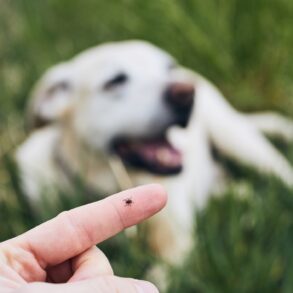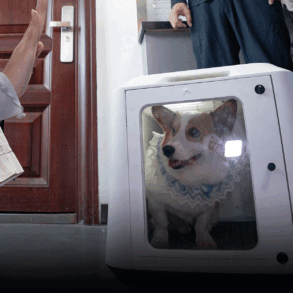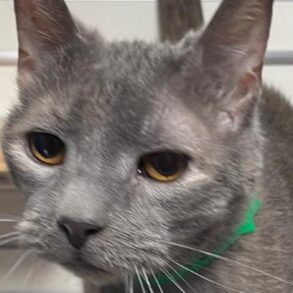According to the latest statistics from the American Veterinary Medical Association, there are 59.8 million dog-owning households in the U.S.A. That’s a whopping 45.5 percent of all American households. The figures are also impressive for cats. Overall, 32.1 percent of American households own a cat, which adds up to 42.2 million homes. Yet, a lot of what we think we know about dogs and cats is hearsay, myth, or old wives’ tales. We want to address this by injecting some science into the situation. So we have dug into the research journals and discovered two fascinating findings for dogs and the same for cats. Here you can find out what scientists have revealed about cats and dogs so far this year.
Dogs Have a Negative Impact on the Environment

Dogs should be on a leash in delicate habitats.
©xkunclova/Shutterstock.com
The positive aspects of dog ownership (including on your physical and mental health) have been well-documented. The negative impacts on the environment, however, have not been so widely considered. So, a recent paper published by scientists at the Behaviour and Ecology Research Group at the School of Molecular and Life Sciences at Curtin University in Australia may make for uncomfortable reading for dog owners who also care about the natural world.
The researchers reviewed hundreds of research studies and concluded that pet dogs have a detrimental impact on natural habitats. The paper explains how dogs both directly kill and disturb vulnerable species, particularly shore birds, even when they are on a leash. The scent traces and urine and feces left by dogs can cause mammals and birds to leave their habitats, and dogs can transmit diseases to wildlife. What’s more, the products that we buy for our dogs (including dog food) contribute greatly to global carbon emissions and land and freshwater use.
Take Away Message for Dog Owners
As a responsible dog owner, here are a few things that you can do to reduce your impact on the environment:
- Transition to a sustainable dog food
- Remember that you do not have the right to go anywhere you want with your dog
- Support and respect dog bans in areas where there are vulnerable breeding birds
- Keep your dog on a leash in other sensitive areas
Humans Are Not Good at Interpreting Their Dog’s Feelings

Do you actually know what your dog is feeling?
©hedgehog94/Shutterstock.com
You may think that you are good at interpreting what your dog is feeling but science is challenging that preconception. Researchers at the Psychology Department of Arizona State University have carried out a study that suggests we take more notice of what is around the dog than what the dog is actually showing us. Also, we make the mistake of projecting human emotions onto our dogs, which leads to misunderstandings. The experiment showed that people wrongly judged a dog to be happy when they were getting a treat when in fact they were stressed. The people also judged dogs to be stressed when they saw a vacuum cleaner when they were, in fact, excited. The humans were taking more notice of the treat and the vacuum cleaner and were making incorrect assumptions about the dog’s emotions.
Take Away Message for Dog Owners
- Be aware that we are not as good at reading our dogs as we think we are
- All dogs are individuals so learn your own dog’s cues and behaviors
- View the situation around the dog and question if this is biasing your interpretation
Microplastics Are Found in Unborn Kittens

The bodies of unborn kittens contain microplastics.
©Oleksandr Lytvynenko/Shutterstock.com
A small but important study carried out by the University of Parma in Italy has found that pregnant cats had traces of microplastics both in their placentas and in their unborn kittens. Four of the eight cats studied had microplastics, and there were a total of 19 types of microplastics identified. The presence of microplastics in the placenta is worrying but the findings that suggest that they can cross the placental barrier into the unborn kitten is even more alarming.
The millions of tons of single-use plastic waste produced and discarded each year is abraded by the environment into tiny particles. Therefore, it is hardly a surprise that it is found in our pets. The fact that microplastics can cross the feline placenta may have implications for human health.
Take Away Message for Cat Owners
- Choose re-usable alternatives to single-use plastics
- Dispose of plastics responsibly to protect yourself and your pets
Cats Can Be Effective as Therapy Animals

Some cats are better suited to a therapy role.
©PippiLongstocking/Shutterstock.com
We’ve all heard of therapy dogs but perhaps it is time for caring canines to step aside and let the cats have a go. Researchers from Belgium and Washington State University have discovered that certain cats have behavioral traits that make them better suited for animal-assisted services (AAS) than some other cats. In particular, the cats assisting in AAS were more sociable with people, sought attention, were more sociable with other cats, and showed more predatory behavior. On the other hand, they showed less resistance to restraint.
Take Away Message for Cat Owners
- Cats can play a role in therapeutic and supportive services
- Some cats are more suited to this type of role than others
Thank you for reading! Have some feedback for us?
Thank you for your feedback!
We appreciate your help in improving our content.
Our editorial team will review your suggestions and make any necessary updates.
There was an error submitting your feedback. Please try again.
This post was originally published on this site be sure to check out more of their content.
